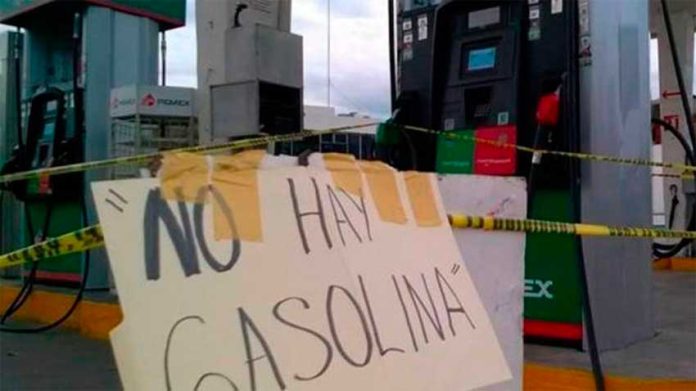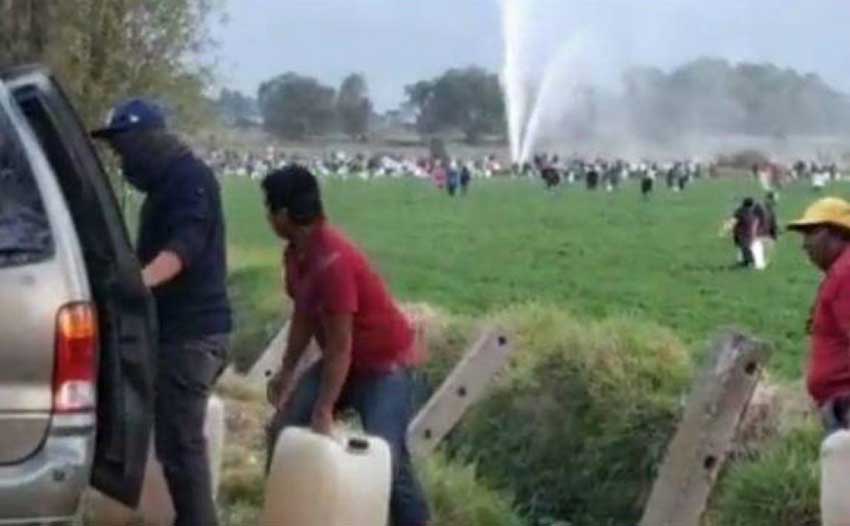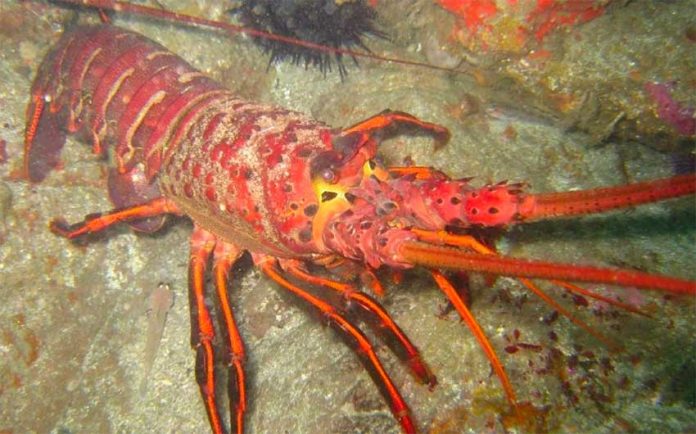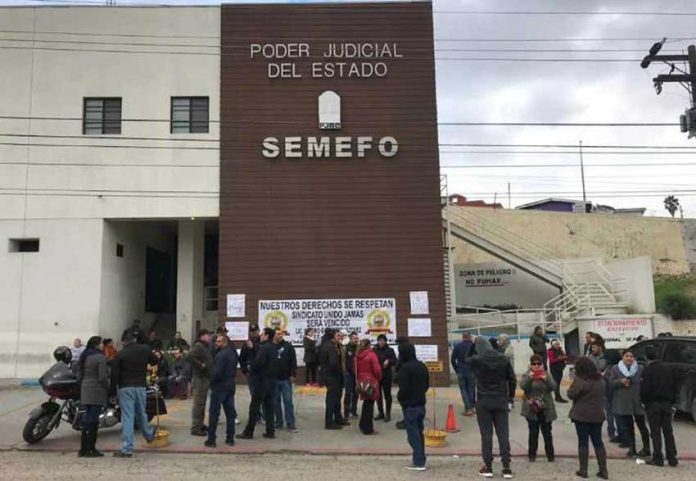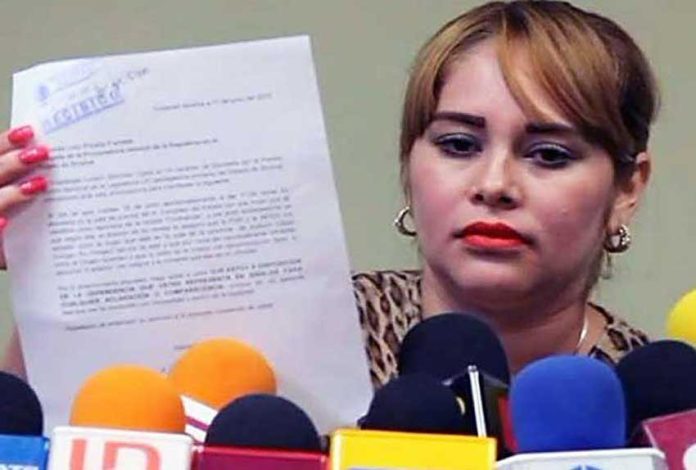In the 1960s Baja California was an incredible playground for those adventurous enough to get off the beaten track. South of Ensenada, there were many miles of remote and spectacular coastline, with a few primitive fishing villages.
A favorite camping spot was found by leaving the pavement at K-181 and following various dirt roads to the far western edge of the Baja.
It was in a sheltered bowl on a bluff overlooking the ocean. A mile to the south we could wander through a maze of nesting cormorants which showed no fear of people. There was a small fishing village five miles to the north.
Down on the rocky flats, when the tide was just right, there were several blow holes which sent an unencumbered jet of water 20 feet into the air. When conditions were favorable, we would place a tightly folded tarp over a blow hole, sit on it, and wait for the ocean to provide an abrupt and exciting launch of five to six feet.
One summer day in 1968, a friend and I decided we needed some Baja beach time. We loaded our trucks with dirt bikes, camping gear, snorkel equipment and the lobster pot. The hardest part was to convince our girlfriends to play hooky from work and school to accompany us on this most excellent adventure. However, the lure of fresh lobster was too much to resist and each finally capitulated.
After a late start and an hour-long stopover at Hussong’s in Ensenada, we didn’t get to the turnoff until well after dark. About eight miles off the main road we came to a five-way intersection of haphazard dirt roads.
This was the first time I had attempted the trek after dark, and I experienced a slight quandary as to which road to take. We shut off our engines, turned off our lights and let our eyes adjust to the dark in the hopes of spotting familiar terrain.
With a crescent moon and abundant starlight, our surroundings soon became discernible and what we saw was a bit of a shock. A hooded figure had materialized out of the darkness. This rather daunting apparition was a few feet in front of us, the hood obscuring his facial features in deep shadow.
Since we were several miles from the closest village and it was past midnight, we were somewhat disconcerted. The figure seemed more ghostly than real.
After we exchanged informal greetings with the specter, I was relieved to hear a normal voice. I asked my buddy to get the tequila and a couple of limes out of the cooler. Through experience in rural areas, I had learned a couple of pulls on a communal bottle of tequila was both traditional, and sometimes essential, depending upon the precariousness of the predicament.
The bottle and limes were placed on the fender of my ’57 Chevy truck as we prepared for this common ritual.
When one of the girls let out an audible gasp, my friend and I saw that our apparition held very large knife in his right hand. As we all stood motionless, he stepped toward us and casually reached out, plucking a lime off the fender.
With two swift movements he had four perfect segments in the palm of his left hand. When he quickly dispatched the second lime with equal precision, we all started to laugh with relief.
His skill and dexterity with the knife showed that he had many years of working with the large blade. I was immediately grateful for this man’s easy grace and gentle nature; had his intentions been less than honorable, we could have been in a tight spot. With firm directions and a fond farewell to El Vagabundo, we made camp by 2:00am.
The next day, after sleeping in and then taking the afternoon to properly set up camp, lobster hunting seemed like an exercise to undertake the following day. The next morning we spent a couple hours free diving around the rocks and reefs in search of the great spiny lobster. We were disappointed to only find a few small bugs; nothing over a pound. Fortunately, we had a backup plan.
Within 30 minutes of enacting Plan B the dirt bikes were parked in front of the only tienda in the fishing village north of camp. The several local fishermen, who were sitting in the shade of the front porch, eyed us with open curiosity as we stepped forward to inquire about lobster.
When we made it clear we wanted several fresh lobsters, they all looked away in unison while disavowing any knowledge of the availability, indeed even the very existence, of lobsters in the local food chain. Yet one of this group of suddenly bashful and embarrassed men halfheartedly pointed to a rusting Cerveza Superior sign right down the dirt road at the edge of the village.
Although we found the reception rather strange, we accepted the advice; it made sense that the beer distributor would know every male resident within 30 kilometers, and that he would thus know the lobster fishermen.
At the depósito, the proprietor looked very pleased to see gringos, and he smiled widely. After a brief greeting, I broached the subject of lobsters. His smile quickly vanished as he also abnegated knowing any person who caught or sold them.
When we arrived back at camp to find the girls reading and sunbathing and happily enjoying their time off, we could only tell them we were still working on the lobster dinner; we were spineless in more ways than one.
Later that evening after an excellent steak dinner, both girls suddenly froze, stock still. I quickly looked to their line of sight and saw a man standing in the shadows. Not wishing to show any signs of fear or discomfort, I slowly stood and invited him in to share our fire and have a beer.
As he squatted next to the fire, the flickering light illuminated the well-weathered features of a man somewhere between 45 and 60 — it was hard to tell. His hands were large and calloused with a few visible scars; something told me he had never held a desk job.
He silently accepted the cold beer and stared into the embers of our campfire. When he finally spoke, a glimmer of something familiar lit up in the back of my mind; I had heard this voice before. He smiled at my recognition, reached over his head and pulled up his hood. Our tension visibly drained as we all acknowledged the ghost in the road from two nights before.
He told us, in a mix of Spanish and broken English, that anyone who would share their tequila with a complete stranger, in the middle of the night, in the middle of nowhere, deserved only the finest lobsters available.
So. He retreated into the darkness and returned moments later with a large burlap sack which was being animated by movement from the inside. When he upended the sack, five large lobsters spilled to the ground and began wandering about the camp. The horrified girls scrambled from their beach chairs in unison and then simultaneously exclaimed, “Oh God, they’re alive!”
The smallest of these large bugs was around four pounds and the big guy was close to six and all five were clearly very fresh, as we watched them attempting to crawl off into the night.
He was happy with the price of US $2 each. Apparently the restaurant buyers from Ensenada were only willing to pay $1.50. He really did not like to deal with people from the city, he didn’t trust them. He gathered up the wandering delicacies into two large burlap sacks and told us to follow him down to the ocean.
We went out on to the rocky flats among the tide pools and blow holes and stopped at the edge of a large pool with an overhanging rock ledge encircling the dark water. Without hesitation, our lobster proveedor shed his coat, shirt and large knife and hopped into the waist-deep water of the tide pool.
He then took the two sacks of lobsters, placed them under the rock ledge and pinned the open end of the sacks with large rocks. He explained that this would keep our lobsters fresh until we wanted to cook them.
After we returned to the camp and the tequila bottle was passed I told him of our hunt for lobsters earlier that day and that we found only pups, nothing large enough to take, and asked him why. His face clouded and a trace of something like lament crept into his voice as he spoke.
When he was a boy, he would accompany his father to gather large lobsters from the tide pools, never needing to set traps or dive, just pick them out of the pools and along the rocky shores. But by the time he was 15, there were no longer easy lobsters and he had been diving ever since.
He said that by 1960, there were boats with traps in the local waters on a regular basis. He himself had been using a small boat and traps for several years to ply his craft in the increasingly competitive trade of lobster hunting. Lobsters over eight to 10 pounds were now rarely caught, whereas 20 years ago they were not uncommon.
This local villager had been a legitimate lobster fisherman until changes in the laws made him a poacher but, he told us, it was all he knew how to do. Before disappearing into the night, he told us if we wanted more lobsters, we could always contact him through his brother-in-law — the beer distributor.
When I see the present day lobster poachers wandering the beaches of Mexico with their ubiquitous plastic buckets containing as many as eight or 10 tiny lobsters I am tempted to lash out at them for the complete ignorance displayed by their greedy harvest.
But in the back of my mind, I know that I too am partly responsible for the decline of the spiny lobster — the damn things just tasted too good.
The writer describes himself as a very middle-aged man who lives full-time in Mazatlán with a captured tourist woman and the ghost of a half wild dog. He can be reached at [email protected].


